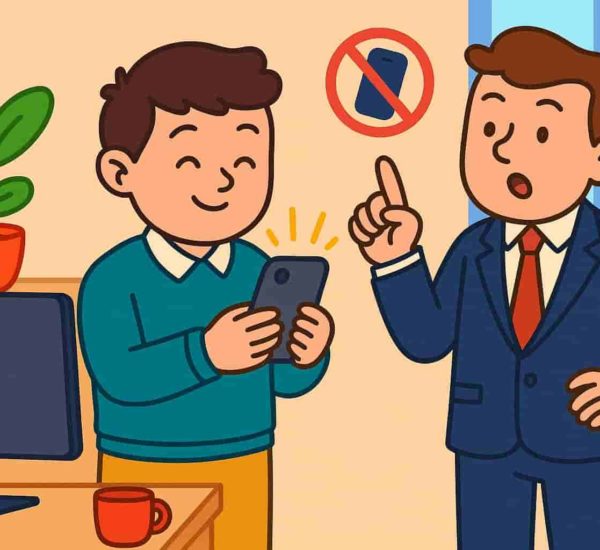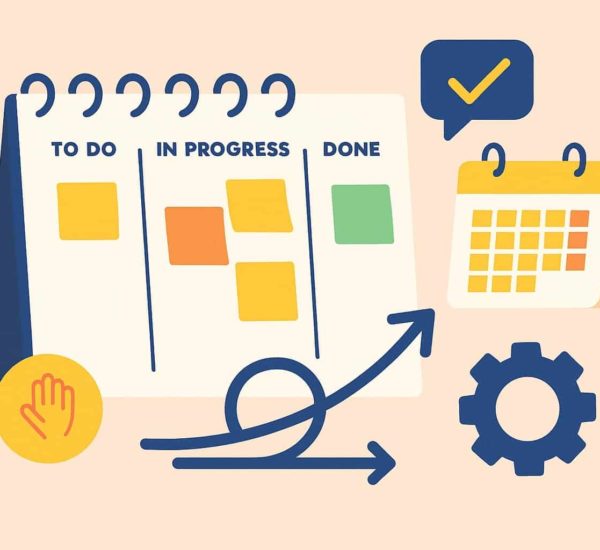HR departments have traditionally played a role in workplace culture similar to that of a principal in a school. Most employees associate HR with rules, bureaucracy, and a top-down management style reminiscent of the early 1950s. Since Peter Drucker coined the term “human resources” in the ’50s, this perception of HR has been largely accurate.
Today, workplaces are transitioning from the traditional HR model to a more people-centric approach to employee management and recognition. This article explores the differences between the roles of an HR Director and a Head of People and Culture, as well as how HR is adapting in the modern workplace.
What Is an HR Director?
The HR Director leads the human resources department, but their responsibilities extend far beyond sending out office etiquette reminders. As the title implies, an HR Director oversees the HR department’s operations. This includes staying current with employment laws, regulations, and guidelines and managing recruitment efforts. The role of an HR Director is largely reactive, requiring them to fill vacant positions, resolve employee disputes quickly, and ensure compliance with all legal requirements.
Typically, the HR department focuses on managing employee-employer relations, resolving workplace conflicts, and handling disciplinary actions. They are also responsible for hiring and terminating employees and ensuring that employees receive all their entitled benefits. While the primary function of HR is often seen as bureaucratic, and some employees may find it frustrating, the efforts of the HR department and the HR Director are essential. Without them, organizations could face significant social and legal challenges.
The Evolution of Human Resources in Modern Workplaces
While some argue that the HR department is outdated, it remains crucial for facilitating communication between employees and employers. Many contemporary businesses are adopting a people-first approach, transforming their human resources departments into more dynamic and employee-centric functions.
In traditional settings, HR primarily focuses on recruiting new employees and resolving conflicts as they occur. However, modern offices are shifting towards a People Operations model, a concept popularized by Laszlo Bock, former Head of People at Google. This approach aims to anticipate and address issues proactively, reflecting the changing roles of HR directors and human resource directors.
For example, while traditional HR might concentrate on finding new hires to fit the company culture, People Operations prioritizes employee satisfaction and retention. This shift from a reactive to a proactive strategy can significantly impact workplace culture, enhance employee retention, and cast HR in a more positive light.
By establishing a department dedicated to supporting employees in their career development, organizations can transform HR from a bureaucratic function into a vital resource. This evolution improves employee relations and emphasizes the importance of people and culture in the workplace, reinforcing the idea that HR is an invaluable asset rather than a mere administrative entity.

What Is the Head of People and Culture?
The Head of People and Culture role extends well beyond that of an HR Director. A Head of People and Culture actively engages with employees to ensure retention and designs workplace policies that better meet their needs. This position also prioritizes diversity and inclusion during recruitment, striving to create a workplace that welcomes and values diverse perspectives. Unlike traditional HR, which often focuses on compliance and mitigation, the Head of People emphasizes inclusion and equality, fostering a positive and inclusive office culture.
While People Operations shares some objectives with HR, the Head of People is a more approachable figure who collaborates with office leaders to develop policies that prioritize people. They design training programs, and employee wellness initiatives, and work closely with staff to create workplace guidelines that benefit individuals. Whereas an HR Director might concentrate on hiring and adhering to legal requirements, the Head of People focuses on enhancing employee engagement and spearheading rewards initiatives to recognize and incentivize employee contributions and company loyalty.
HR Director vs Head of People and Culture
Let’s take a look at the differences between the head of people and culture and the HR director:
Policy Enforcement
The HR Director is primarily responsible for enforcing company policies and ensuring strict adherence to legal rules and regulations. This role is more focused on the internal workings of the organization, often operating behind the scenes to maintain compliance and order. HR Directors play a key role in managing these aspects, ensuring that the company remains on solid legal footing.
In contrast, the Head of People & Culture not only ensures policy adoption but also emphasizes the enhancement of the employee experience. This position is about improving overall performance and creating a work environment that is both positive and productive. By focusing on the people and culture aspect of the workplace, this role ensures that policies contribute to a better workplace and not just compliance.
Approach to Recruitment and Development
The HR Director oversees the entire hiring process, including recruiting and interviewing. This role ensures that the right people are brought into the organization, with a focus on compliance and efficiency. HR Directors are critical in maintaining the company’s standards during the recruitment process.
On the other hand, the director of people & culture takes a broader view, focusing on recruiting, screening, training, and ongoing development. This role emphasizes continuous employee growth and alignment with the company’s values and culture, beyond just the initial hiring phase. The Head of People ensures that the workplace remains dynamic and growth-oriented.

Role in Company Culture
An HR Director typically works behind the scenes to execute company policies and manage organizational issues quietly and efficiently. Their role is crucial but often operates out of the spotlight, making sure that the foundational aspects of HR are handled properly.
Conversely, the Director of People & Culture actively discusses and shapes company culture, making it a central part of their role. This position is about being vocal and visible in aligning company values with employee experiences, ensuring that culture is a driving force in the organization. The Head of People and culture often works closely with other heads of HR to create a cohesive strategy that emphasizes people and culture vs. HR.
Handling Organizational Issues
When it comes to organizational issues, the HR Director focuses on managing these challenges from a compliance standpoint, ensuring that all actions are within the bounds of legal and organizational guidelines. HR Directors are essential in keeping the company aligned with all necessary regulations.
In contrast, the director of people & culture looks at how the company’s goals can be synchronized with employees’ career objectives, fostering a more integrated and holistic approach to organizational challenges. This role ensures employees feel aligned with the company’s mission and values.
Onboarding and Communication
The HR director is responsible for onboarding new hires into the company and ensuring that all necessary procedures and documentation are completed efficiently. The HR Director ensures that this process is smooth and complies with all relevant regulations.
However, the Director of People & Culture takes this a step further by emphasizing over-communication and engagement, particularly in remote or hybrid work environments. This role is about ensuring that new hires feel welcomed and integrated into the company culture from day one. Directors of People ensure that the people and culture aspect is prioritized during onboarding, enhancing overall employee satisfaction.
Managing Separation
Finally, in managing separations, the HR Director focuses on documentation to ensure all legal requirements are met, providing a clear and compliant record of the separation process. This role is critical in maintaining the company’s legal standing and ensuring smooth transitions.
On the other hand, the Director of People & Culture seeks to gather frank feedback from departing employees, especially if the company culture was a factor in their decision to leave. This feedback is used to continuously improve the work environment and retain talent. The Head of People plays a crucial role in using this feedback to enhance the workplace and increase employee retention.
Summary
The HR Director manages traditional human resources tasks like policy enforcement, compliance, and recruitment, focusing on maintaining the company’s legal and organizational framework. Meanwhile, the Director of People & Culture (or Head of People or People Director) prioritizes employee engagement, diversity, and inclusion, and fostering a positive workplace culture. While both roles are crucial, the Head of People is more proactive, emphasizing a people-first approach to enhance employee satisfaction and retention.



